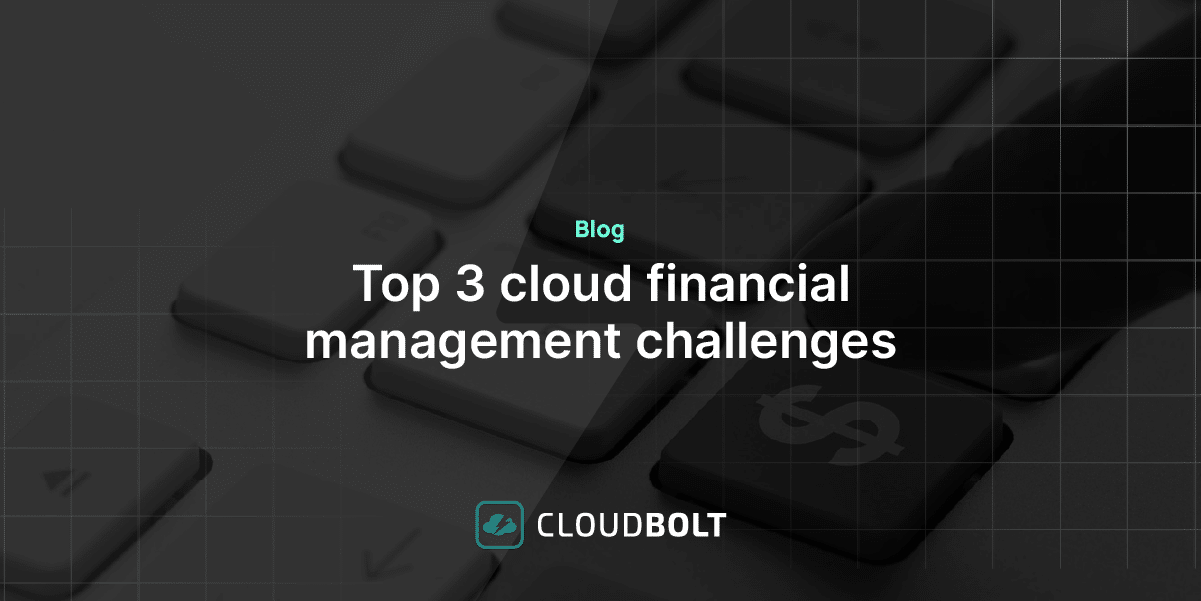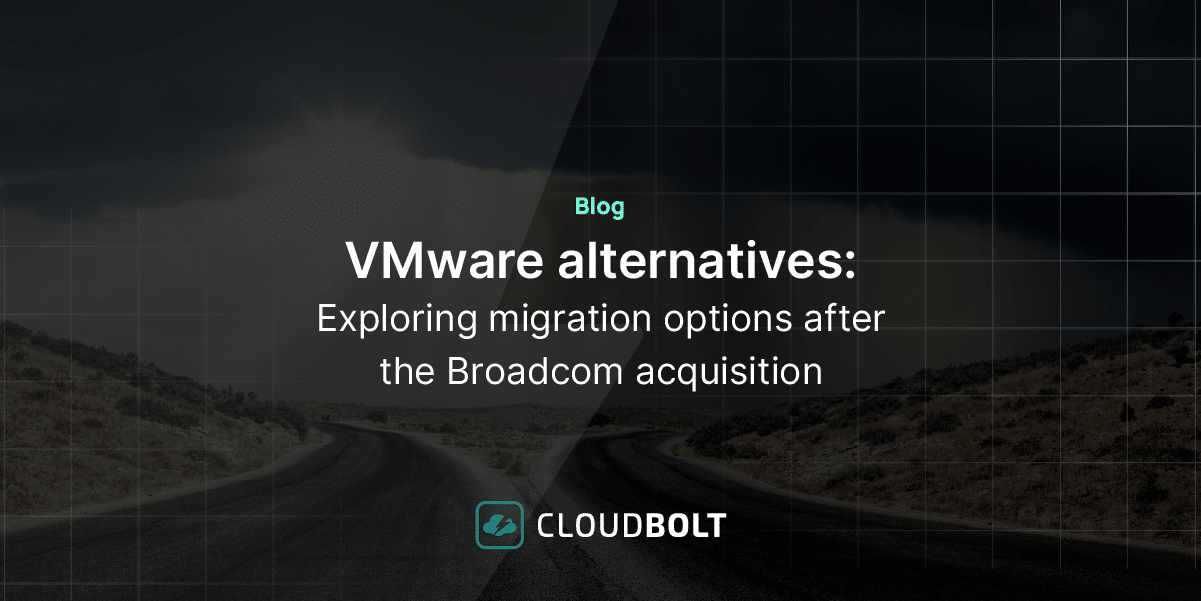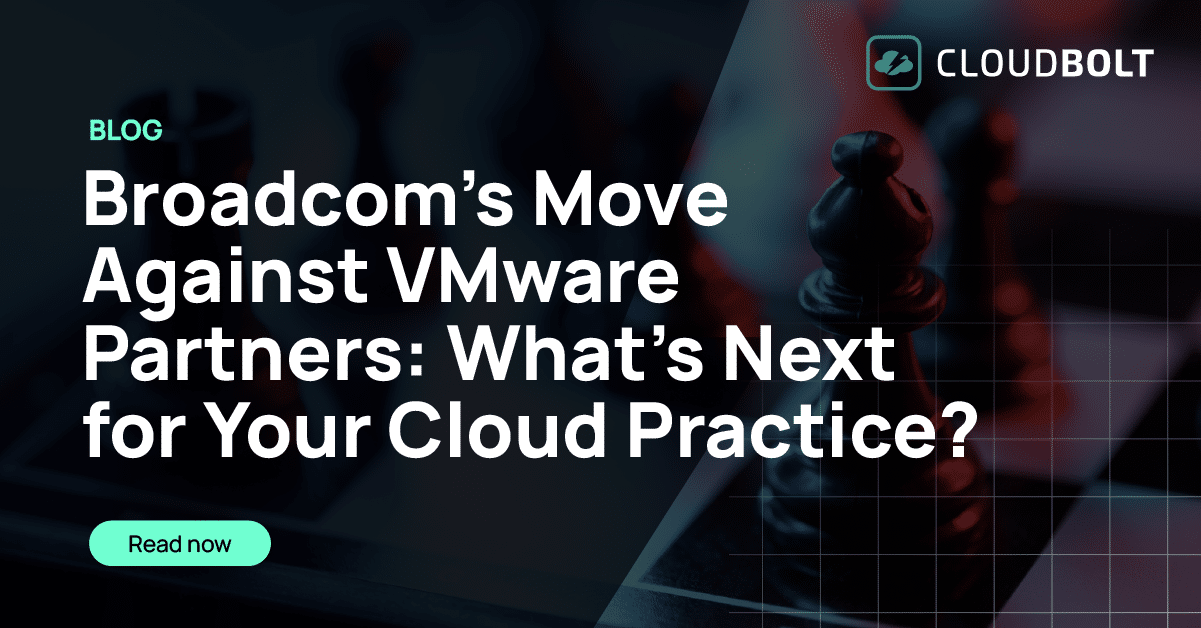
Cloud governance has become a critical part of many organizations’ operations now that cloud computing has gone mainstream. Cloud computing has had an immense impact on internal processes, responsibilities, and roles. To fully embrace cloud computing benefits, organizations must evolve their processes and realign responsibilities and roles.
Redefining governance processes and policies helps organizations manage cloud infrastructure, operations, applications, and security more efficiently. Lack of governance policies and limited clarity can lead to noncompliant processes, budget overruns, and project delays.
Six Elements of Cloud Governance Framework
Financial Governance
Financial governance is a critical component of any digital transformation program in an organization. It combines KPIs (key performance indicators) of the enterprise and inputs of the entire solution. This allows for a matrix approach to evaluate and review the economic benefits of the program.
The financial governance model helps to define the controls for account management. It focuses on the current addressable spend, affected budget areas, ROI (return on investment), and TCO (total cost of ownership). Organizations should also handle licensing agreements under financial governance.
Service Governance
Cloud service governance refers to applying specific policies and principles to cloud computing services. The goal here is to secure data and applications located remotely.
In essence, service governance is an extension of SOA (Service Oriented Architecture) governance. But the unique characteristics of the public cloud, such as multitenancy, present organizations with different concerns. Ideally, organizations integrate cloud service governance into the existing cloud governance processes. It might also complement them. It is an ongoing process, not a product.
Data Governance
Organizations need to develop and refine their management strategies for cloud data. What if an organization relies heavily on the cloud? The data strategy outlines its approach toward the management, grouping, storage, security, and accessibility of data in the cloud.
Data governance involves defining how organizations capture metadata, track lineage, and ensure compliance. It also establishes the cloud foundation for data. This deals with storage requirements and data resiliency concerns., It also defines the futuristic capabilities to build a data lake. This data lake is critical for business insights, artificial intelligence, and machine learning for digital transformation.
Security Governance
The cloud comes with shared security responsibilities between the organization and the cloud service provider. Cybersecurity is constantly changing, with new vulnerabilities and threats emerging every day. Therefore, organizations need to come up with cloud governance processes to protect against data breaches.
These security governance processes should also support regulatory compliance, protect customer privacy, and set authentication rules for users. Organizations can configure cloud security to support the specific needs of the business and reduce overhead administration costs.
Architecture Governance
Organizations must enact cloud architecture governance to align with Enterprise Architecture (EA) governance and implement best practices. In addition, organizations should focus more on whitelisting Cloud Service Provider services. They can use these services in applications and identify regions or zones to host applications based on preset compliance guidelines.
Change Management Governance
When organizations move to the cloud, there is usually a change in delivery, development, and operational processes. The traditional development process changes into DevSecOps. The delivery model changes from a monolithic one to one that is service/product-based. The application architecture pattern goes from vertical scaling to horizontal.
All these changes bring about cohesive responsibility and often lead to increased automation and overlapping roles. The governance framework helps define processes for sharing responsibilities, automation for configuration changes, testing, deployment, and rollback to prevent failure.
Organizations should start with a simple cloud governance framework and grow as their cloud needs expand. They should capture and reuse communication mechanisms, processes, and best practices within and with cloud service providers.
The governance framework allows organizations to implement actionable policies to run applications across cloud providers hassle-free.
Experience the leading cloud governance and management solution. Request a CloudBolt demo today.
Related Blogs

Top 3 cloud financial management challenges
Introduction As cloud costs continue to rise, comprising an ever-larger share of IT budgets, there is increasing executive scrutiny on…

